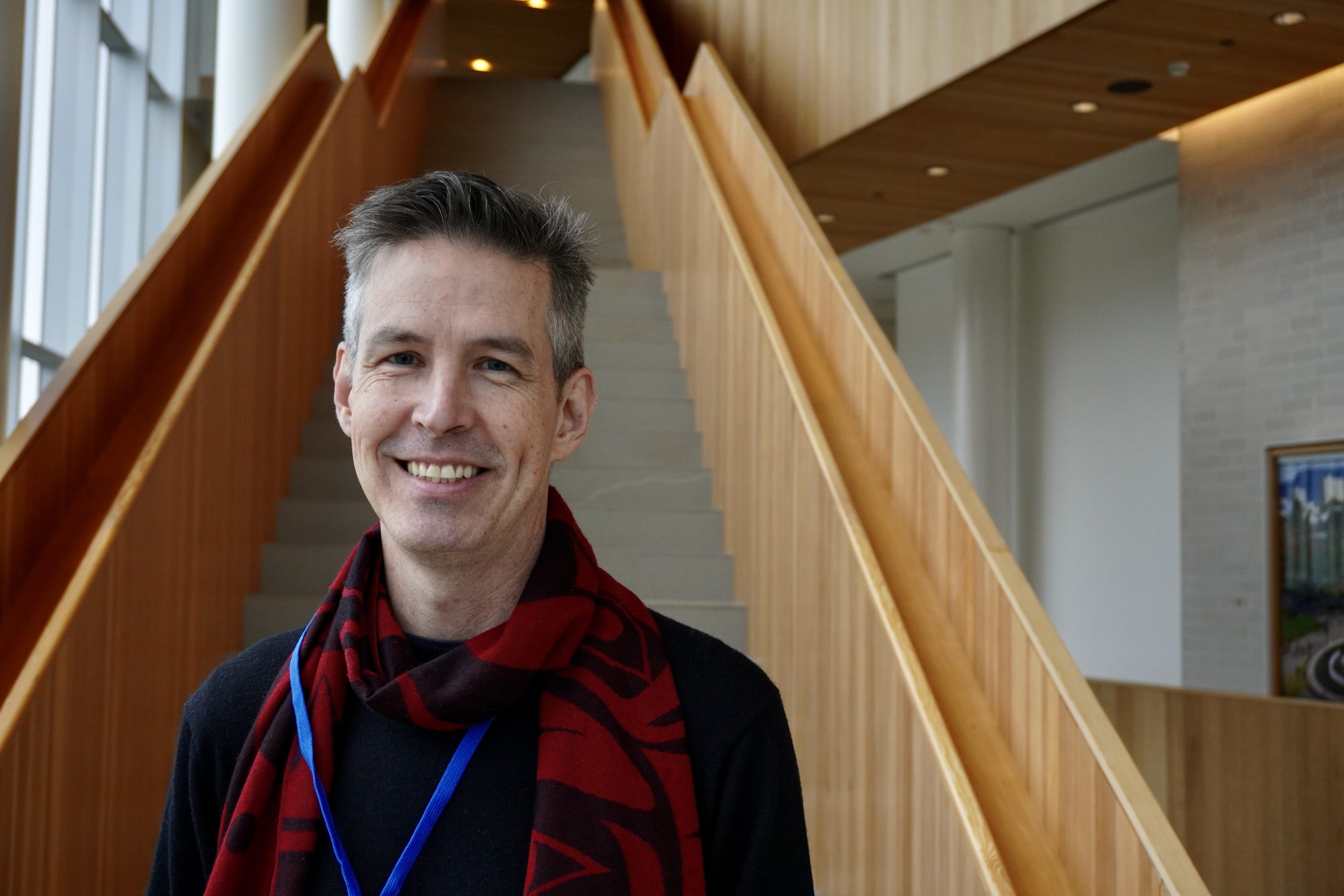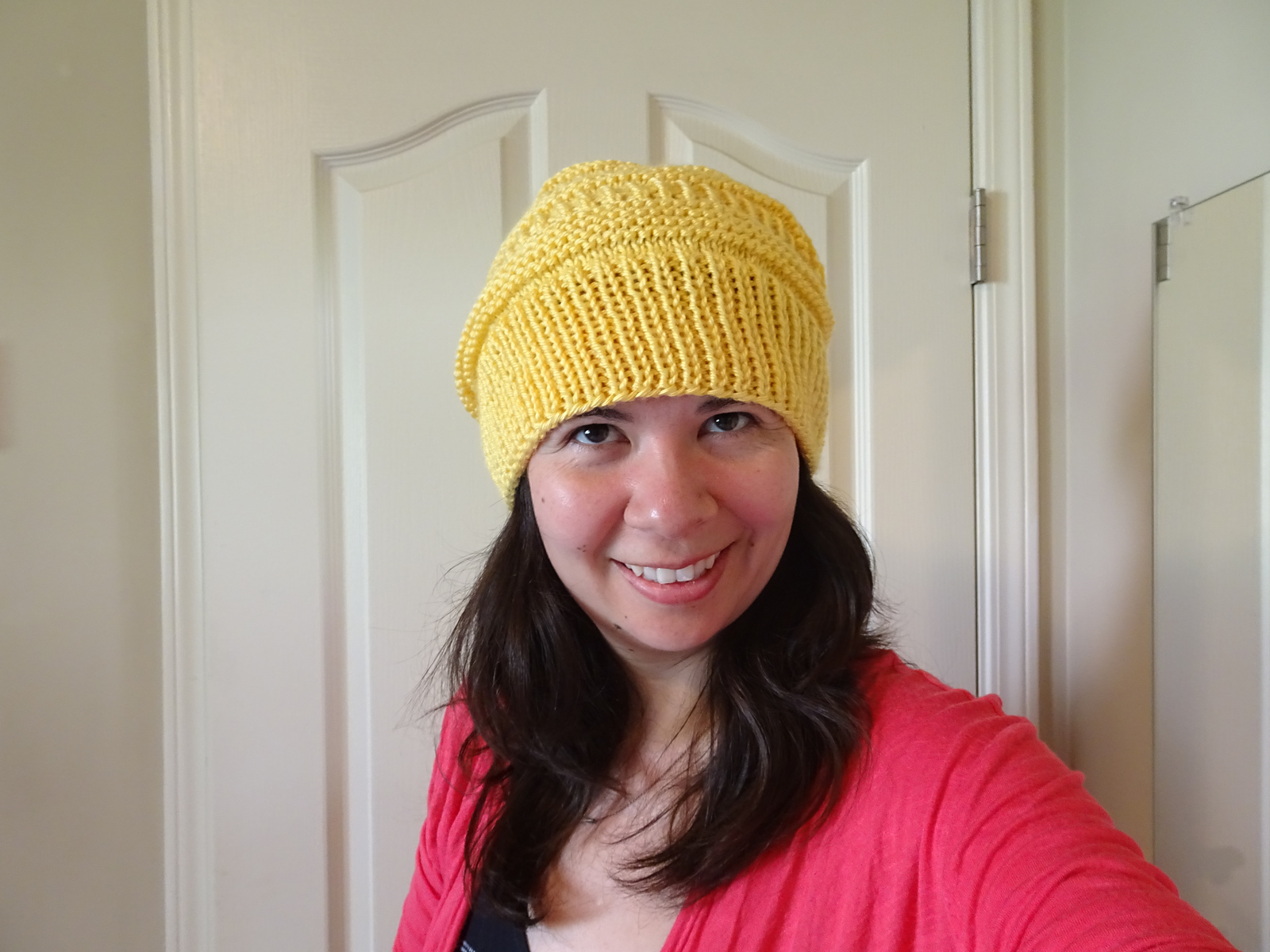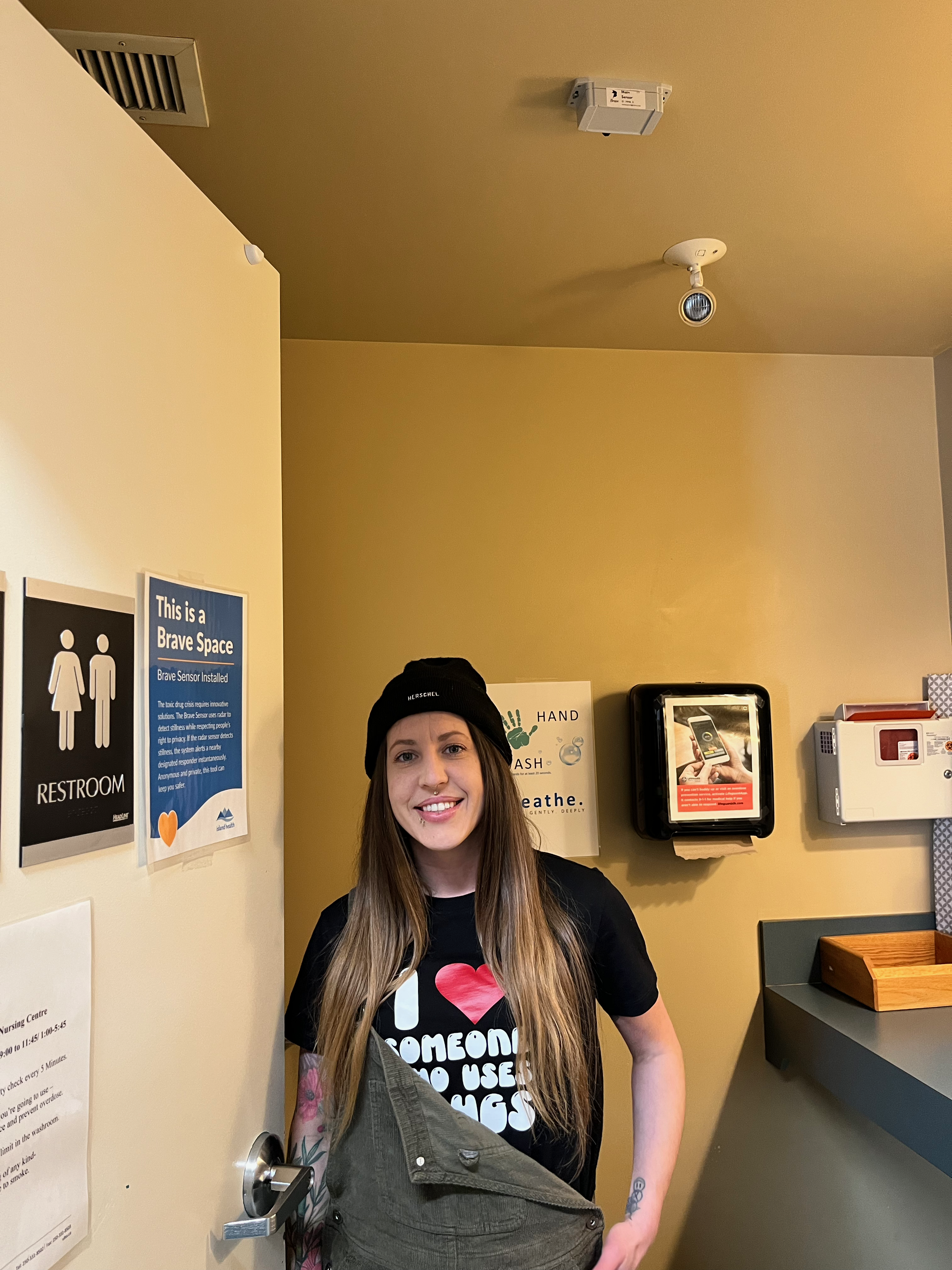Tech co-op innovates solutions to the opioid crisis
Gordon Casey is using both a technology start-up and a community-response approach to detect overdoses in B.C.
Gordon Casey is trying to help solve overdose deaths in Vancouver through his tech co-op Brave.
His company has joined government bodies and non-profits engaged in trying to solve the public-health crisis that has grown from 995 overdose deaths in 2016 to 2,293 by the end of 2022.
While there is more help and financial resources made available for mental health and additions every year, the number of deaths has not decreased. The most vulnerable population, who make up 70 per cent of all overdose deaths, are men 30 to 59 years old who work in trades, transportation, and equipment operation. They tend to use substances alone at home, in residential hotels, and other supported housing, where almost 80 per cent of all overdoses take place.
In this space, Casey and the Brave team are developing three technologies that alert people on the front lines of supportive housing or street services that someone has asked for supervision after taking a drug or stopped moving because they are experiencing an overdose.
“There’s this space in the middle between the majority of the response that you get from public health, which is around overdose prevention and overdose-response which is largely in the realm of 911. Between those two things is overdose detection, that’s where people are using drugs and they’re going to die if they overdose and you don’t detect it,” Casey said.

Brave’s first prototype was in 2017 with a phone app piloted with Vancouver’s Overdose Prevention Society and tested at their operation in the Downtown Eastside. The Brave team envisioned that when someone saw an overdose happening, they would push a button on the app that signals others who also have the app to come bring Naloxone — which, when injected, would prevent an overdose.
They got 60 downloads, positive feedback, but no uses.
“Our users would witness an overdose and respond but no one used the app. What we learned was like in the middle of a crisis, nobody really wants to pull their phone out and scroll through apps, find the app, push the button, and get help,” Casey said.
The Brave team talked to front-line workers, residents in supported housing, and drug users to discover how the phone app might be more responsive. They discovered that some users would reach out to friends and call them while using, essentially replicating the supervision in a consumption site.
Casey and the team rewrote the Brave app and put in features based on their consultations.
Theresa Deering, an early member of the co-op and current software developer for Brave, said she was surprised with some of the insights of their co-design process.
“Not everybody wants you to call 911 if you overdose. That was just new to me. And we had to learn that from those people who feel that way and build that into the app,” Deering said.

Today, users of the app can anonymously connect with a Brave support team member before they use drugs, set up who they want to call in case of an emergency, and safely use with someone on the other end of the line. If the user becomes unresponsive, the support team member activates the user’s rescue plan.
Taija McLuckie, a harm-reduction support worker at AVI Health and Community Services in Courtenay on Vancouver Island, has been testing Brave technologies in supervised housing since October 2022.
“The app itself was developed by drug users. That’s where I think Brave has done something different. Harm reduction is about meeting people where they’re at — asking people what they need, not telling people what you think they need,” McLuckie said.

New insights led to new solutions
Their consultations about the app led Casey and Brave to another way technology could empower drug users and front-line workers.
“We were speaking to people in supported housing and they said, ‘We’d love the app to be out there in the world but it wouldn’t work inside supported housing because we don’t always have the same phone or don’t download apps or don’t have strong data.’ So I said, ‘What if we have an actual physical button in your room?’” said Casey.
Brave quickly prototyped a bluetooth button and installed it in rooms of a pilot site. They instructed the residents to push the button if they were going to use drugs and this would send a text message to the housing staff who would immediately come and check up on them.
Residents used the button and that revealed that there were more people who used drugs in their rooms than the building managers knew about. The results were surprising for both Brave and the housing staff.
“I think the button is such a simple response to giving dignity to the person who’s using to let somebody know, who they know cares for them, and to let housing staff know what they are potentially responding too. That’s really important,” said Tara Taylor, chair of the Overdose Prevention Society.
After the pilot test, the housing staff told them people use in bathrooms. Brave installed buttons in the bathroom but no one used them.
Casey and team again investigated and discovered that the residents were comfortable with using the button in their rooms, but were not comfortable with using a similar button in the washrooms. This led Brave to develop a third technology solution.
“We did research and found this idea of monitoring washrooms for stillness was being pioneered in Boston. So we prototyped our own solution using radar technology connected to the cloud to send text message alerts to housing staff, ” said Casey.
Brave developed a sensor that would detect movement and send alerts if the radar detected someone had stopped moving. They piloted the sensors at East Van Roasters, a coffee shop and social enterprise in the Downtown Eastside, a block away from East Hastings Street in Vancouver.
By the end of 2021, Brave proved its technologies could be used by those who work in harm reduction.
They had 200 buttons installed around B.C. and these alerted staff to 85 overdoses.
Their technologies and approach has also been recognized by five technology-based and harm-reduction competitions in Canada and the U.S. These gave them at least $1 million in prize money and led to new pilot sites and customers in Ohio and San Francisco.
Today, Brave’s technologies are being sold to supported housing facilities in both B.C. and the United States.

Island Health announced in March this year that it has been testing the Brave sensors in two supportive housing projects in the Comox Valley.
“From my perspective, it’s a successful trial. We get five to 10 alerts per week. Our staff have less anxiety because now they know they will be alerted if anything happens in the bathroom. People are aware that somebody out there cares about what happens when they’re alone,” said Charmaine Enns, North Island medical health officer.
Challenges of growth for impact
For 2023, the challenges Casey and the small team at Brave face are about growth and fulfilling orders.
“If we had a team of 20 developers working on the app and a team of 20 working on devices, we’d have a much more compelling value proposition to make it easier for people to install and a lot more trouble-free in terms of getting it up and running,” Casey said.
Brave’s team needs to raise funds in order to bring in more people but currently has not found the right fit within the investor community. The main reason is for-profit investors are looking for predictable returns typical of technology start-ups and not co-ops.
“I spent all of last year looking for investment money and we didn’t get any. There’s nobody out there who’s actively investing and looking for a company like us. In terms of lending, we’re just a young company. We have sales last year and earnings this year but that’s not the kind of track record that a bank is willing to lend against,” Casey said.
To adapt to this, Casey is trying a new funding strategy of raising small amounts through crowd-sourcing.
In the meantime, the company is prioritizing fulfilling button and sensor orders.
“A lot of our challenges lately have been with supply chain. Because we do physically put things together ourselves — and that is a person plus four co-op students. We have 600 to 800 buttons ordered right now. We’d really like to get them into the hands of the people who already paid for them,” Deering said.
There is also the challenge of continuous iteration and adaptation to communities.
The app is no longer in beta and is currently available for download. Brave is constantly fixing bugs that come up but hasn’t been able to respond to the feedback and request for features from the 8,422 downloads.

Sensors need to be configured to the layout of each bathroom. Some clients want sensors directly wired to their internal systems instead of the current design of connecting to the cloud. They have discovered software bugs, had to rewrite code, and provide support to their clients.
“I don’t think the package with the sensor is perfect. But Gordon is always open to advice and suggestions. I can call him and be like, ‘This sucks.’ And he’ll say ‘Let’s fix it. Let’s get some advice, pull other people in,’” said McLuckie of AVI Health and Community Services.
Finally, there is the challenge of competition from other technology solutions for grants and funds available for the overdose crisis.
A virtual primary care app was launched in March 2021 to make counselling and peer support available to 12- to 24-year-olds who lived in communities without a health centre. There are also similar technologies being developed and sold to supported housing and health care facilities.
Brave’s closest competitor in the overdose detection space is a company called Lifeguard Digital Health.
Lifeguard launched a fully automated phone app in 2020 that calls 911 when a user is unresponsive to a countdown timer. It has also developed a button and monitoring system to be installed in residential hotels as well as a more fully featured solution of wearable technology for residential care homes.
The big difference is Lifeguard is developing broader technology solutions for health care via a corporate structure. Brave is focused on making a difference in harm reduction, not just in the technologies they are innovating, but also in how they are making Brave part of the community through their co-op structure.
This unique combination of technology solutions governed by a co-operative structure comes from Casey’s conviction that responsive solutions to the overdose crisis can be developed by those who use drugs and therefore should be owned and spread by the same community.
“My life revolves around this work and I have always considered it a privilege to be in this position. We are far from perfect but we’re trying hard and aware of our limitations,” said Casey. “If we could get buttons in every supporting housing facility that wants them, we could potentially reduce Canadian overdose numbers by as much as ten or 20 per cent”.
